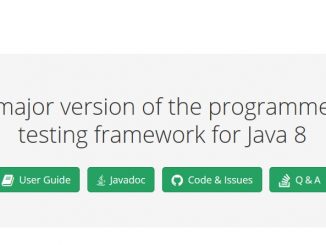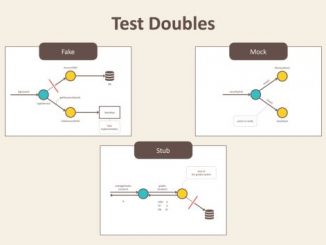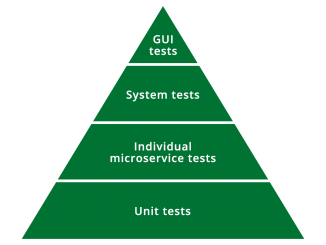Software Testing Articles, Blog Posts, Books, Podcasts and Quotes
Providing meaningful data to perform software testing is the main challenge of test data management. This issue is even more important in domains where sensitive data is used like healthcare or financial systems. In this article, Thirunavukarasu Papanasam discusses some best practices to remove the risks out of your test data management activity.
When you use a Behavior Driven Development (BDD) approach, you are going to automated tests for Agile user stories base on acceptance criteria. Defining these acceptance criteria between the product owner, the developers and the software testers is not always an easy task and can create lengthy discussions. In his article, Matt Wynne presents example mapping as a new approach to define acceptance criteria.
Scaling software development teams can sometimes be a problem for fast-growing startups. How can you keep the quality of the code when you start hiring more and more software developers. In his blog post “How to build quality into your software development workflow”, Sandeep Chouksey, VP of Engineering at Shutterstock, shares some experience on how his company tried manage quality in a continuous delivery context.
It is not always easy to be a software tester in a software development team. Developers will often consider software quality assurance (QA) people as inferior and would wonder how they could question the perfection of the beautiful code that they have just written. In this article, Alexander Rayskiy discusses some of the physical and psychological issues that software testers are facing and propose solutions to avoid them.
JUnit 5 is the next generation of JUnit. The goal of this upcoming version is to create an up-to-date foundation for developer-side testing on the JVM. The evolution includes focusing on Java 8 and above, as well as enabling many different styles of testing. In his article, Nicolai Parlog explains how you should write tests with JUnit 5.
When you perform unit testing, there are many situations where you don’t have the full code or the right context that is needed to execute it. It might be that part of the code is not written yet or that you interact with an external system that is difficult to access or you don’t want to impact with unit tests. In these cases, you need to create a test double, an object that behaves like its production equivalent. In this article, Michał Lipski describes three types of test doubles – fake, stub and mock – and gives you examples when to use them in your unit testing.
A microservices architecture is a variant of the service-oriented architecture (SOA) architectural style that structures an application as a collection of loosely coupled services. In her article “Automated Testing Strategy for a Microservices Architecture”, Emily Bache explains how you could transform your test automation approach when you switch from a monolith architecture to a microservices architecture.







